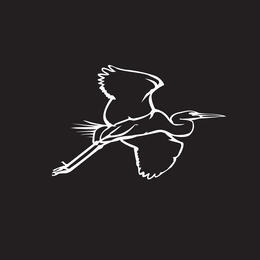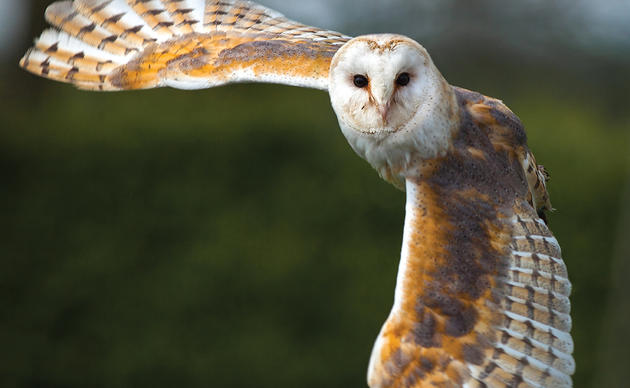DURHAM, NC — As the nesting season ramps up on the North Carolina coast, a new report underscores just how important it is for beachgoers to share the shore with nesting birds this spring and summer.
The State of the Birds Report, released this spring by Audubon and many partners, highlights the sharp decline of shorebirds and other species along the Atlantic Coast, including Least Terns, American Oystercatchers, and Piping Plovers. In North Carolina, Black Skimmers have also seen a drop in documented nests, leading to their designation as a state-threatened species.
Drivers of these declines include habitat loss, human disturbance, and climate change. With the nesting season starting to ramp up in North Carolina, it’s more important than ever to give birds the space they need to raise young.
The report comes five years after a landmark 2019 study published in the journal Science that documented the loss of 3 billion birds in North America over the last 50 years and highlights the role that focused conservation actions can play in reversing these declines.
One success story that fits this description is the American Oystercatcher, which has declined rapidly along the Atlantic flyway but has seen populations stabilize in recent years, thanks to a recovery initiative launched by a consortium of partners including Audubon in 2009.
Efforts included targeted management and monitoring along the coast, including protecting areas for their use. Roping off remote islands and portions of public beaches is essential to ensuring birds have the space they need because when people get too close, the parent birds are separated from their eggs and chicks.
“This coordinated, multi-state effort saved this iconic, orange-billed bird from irreversible loss,” Audubon Coastal Biologist Lindsay Addison said. “People visiting the coast this summer can do their part by respecting posted sanctuaries and keeping a safe distance from beach-nesting birds. We’ve already limited available habitat with development, the least we can do is share the shore.”
The annual nesting sanctuary closure window is from March 1 to Sept. 15, which helps both early and late-season nesters like Brown Pelicans and Black Skimmers. Least Terns have already begun their courting and nesting rituals and American Oystercatchers have started hatching chicks.
Share the Shore
If you come across a posting, make sure to keep a good distance, as getting too close can spook parents away from their nests, leaving eggs and chicks vulnerable to predators and the elements. Give birds space whenever you see them on the shore or behind a posting. If you notice an agitated bird—flying at you, calling, or pacing—this could be a sign that you are too close to a nest or chicks. Move back so they can reunite with their family.
If you’d like to get a closer look at our nesting birds in the company of an expert, consider visiting our sanctuary at the south end of Wrightsville Beach. Free, guided bird walks begin in May and occur every Monday morning at 9 am until August 15 on the south end of Wrightsville Beach.
Media Contact: Brittany Salmons, brittany.salmons@audubon.org
About Audubon North Carolina
Audubon North Carolina, a state program of the National Audubon Society, has offices in Durham, Boone, Corolla, and Wilmington. Learn more at www.nc.audubon.org and on Twitter, Facebook, and Instagram. The National Audubon Society protects birds and the places they need, today and tomorrow. A nonprofit conservation organization since 1905, Audubon works throughout the Americas using science, advocacy, education, and on-the-ground conservation. Learn more at www.audubon.org and on Facebook, Twitter and Instagram @audubonsociety.








